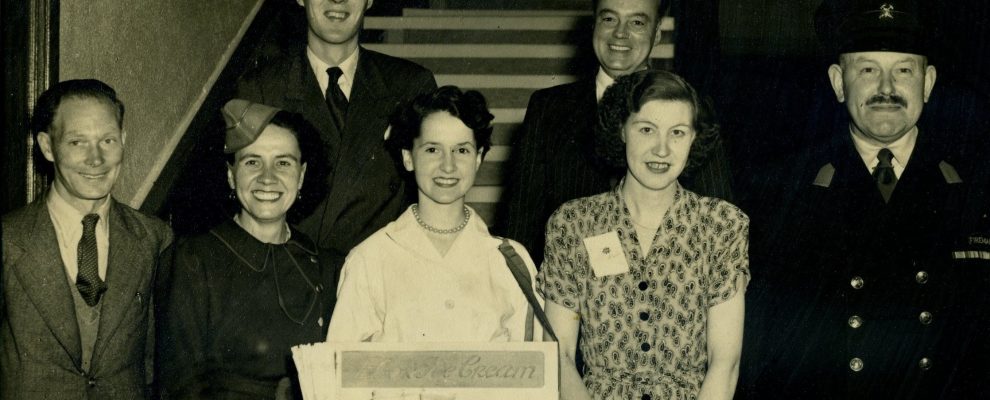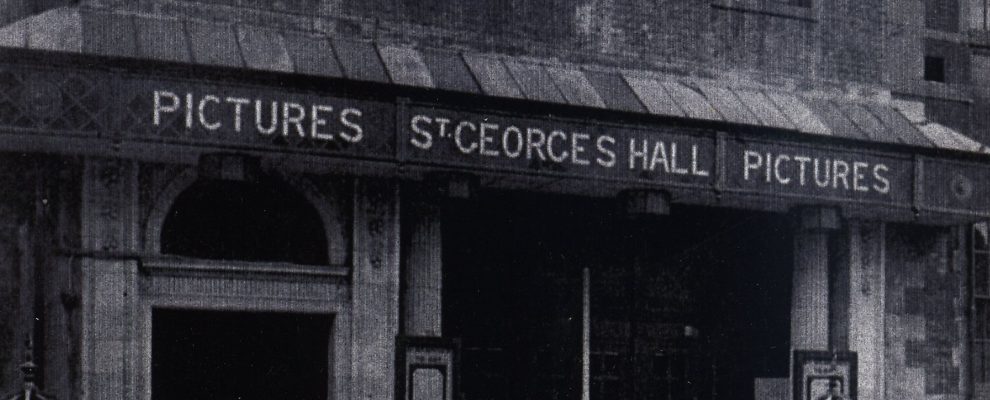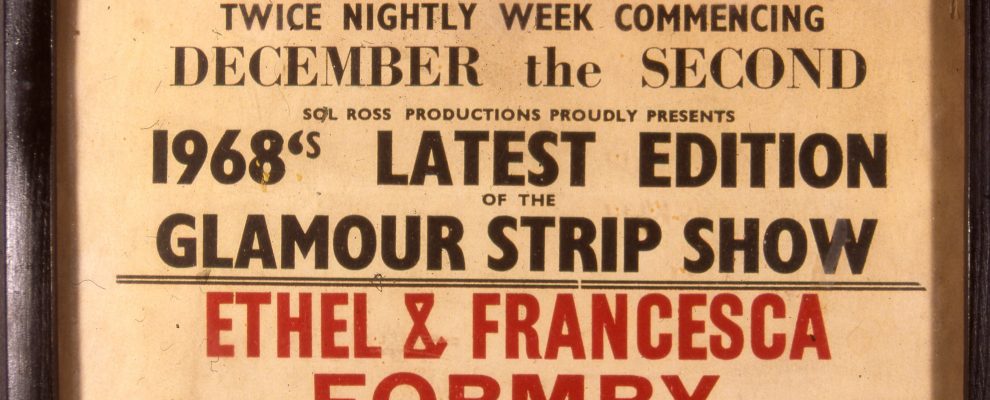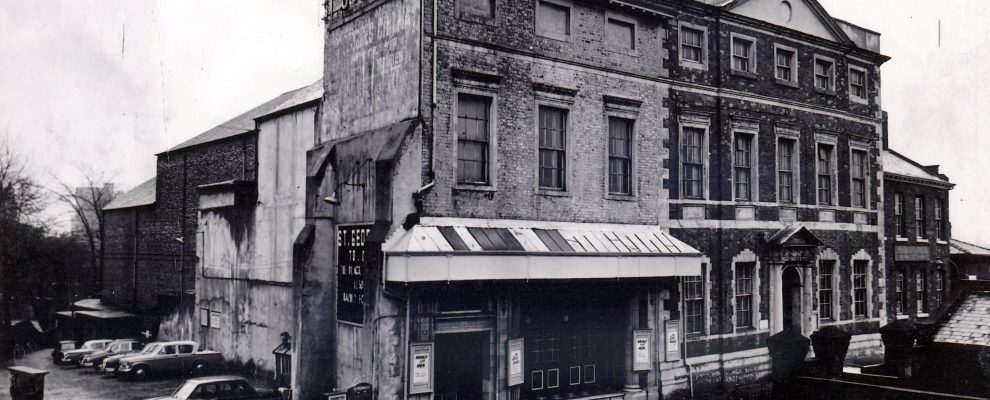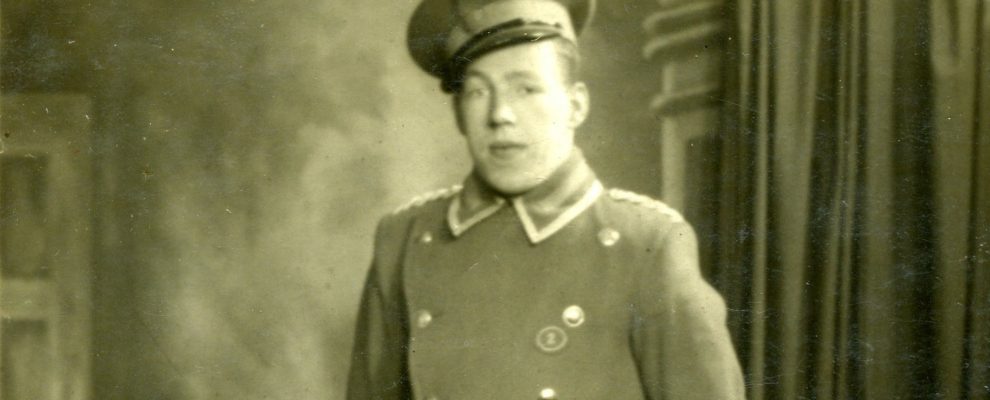Cinema Days: St Georges Hall
If walls could talk what a tale Fairfax House would tell. From its days as an elegant private town residence through to its decades as a cinema and dance hall in the twentieth century, Fairfax House’s on-going story is one of great change and radical adaption, where each passing period in its history, saw it reborn under a new guise.
Following its sale in 1772 by Anne Fairfax, Fairfax House continued to be used as a residence, passing through various private owners, until 1865 when it was used as a gentlemen’s club and Friendly Society. By 1919, however, a scheme was proposed to convert the building and the adjoining house into the adjunct for a cinema and, on the first floor, to knock through to make a dancehall.
Dr Arthur Evelyn, an early York conservationist and recorder of York’s heritage, wrote to the cinema company asking them to ‘please take care of the interiors’ and, on the whole, they responded to the challenge. They boxed in, rather than stripped out, and painted over the ceiling and woodwork in dark gloss paint. In a curious way, this helped to protect the decorative details from damage.
St George’s Hall, as it became known, was part of a thriving movement of popular entertainment in York in the 1920s and, by 1925, they were proudly advertising the cinema as ‘the largest, most comfortable and most up-to-date in York’. However, by the 1960s the cinema company was in financial trouble, having eventually to sell the building to the City Council. The dancehall on the first floor, however, continued to play host to many of the famous and nearly famous, until it was closed in 1980.

